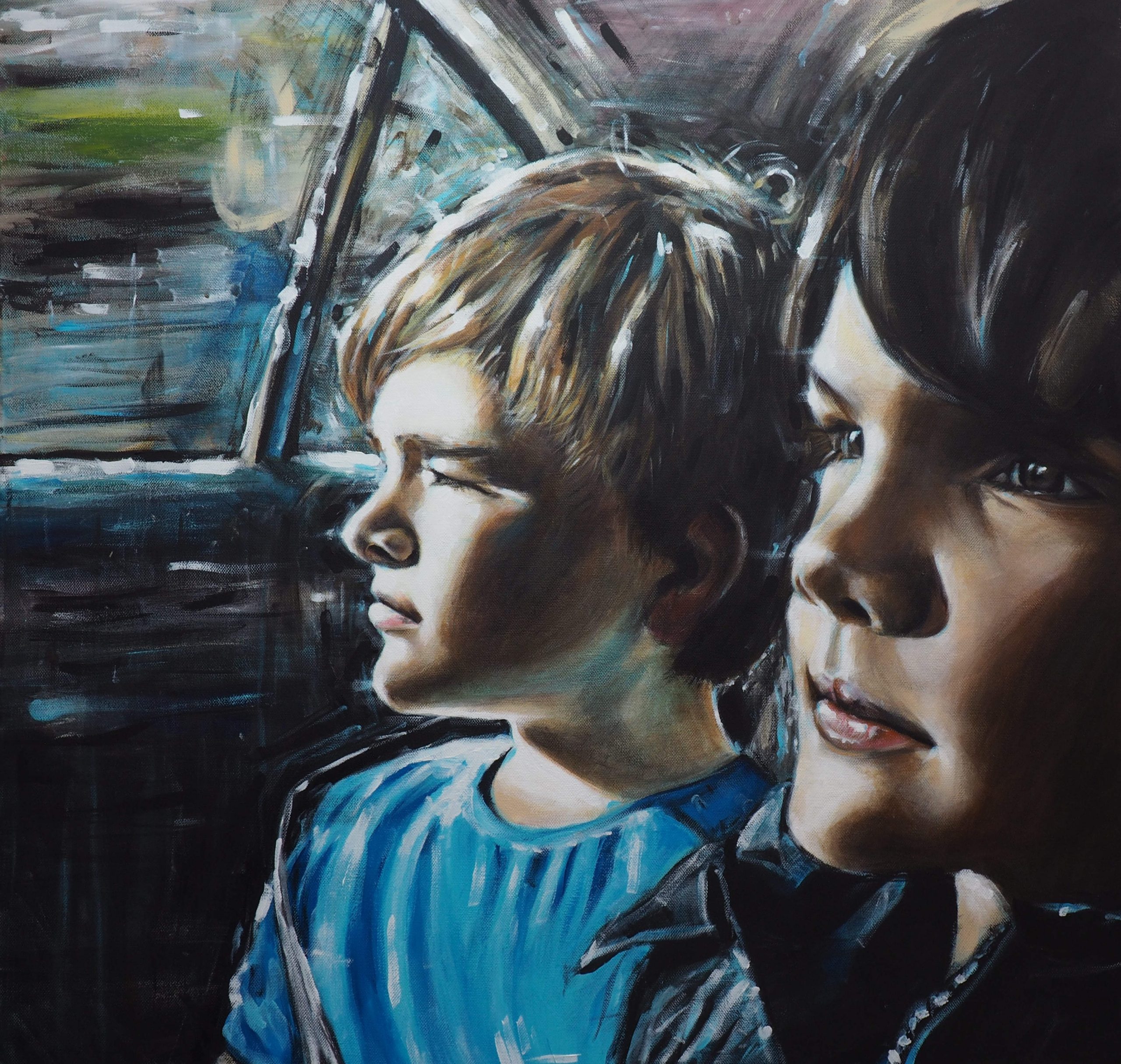Your basket is currently empty!
Category: Artworks
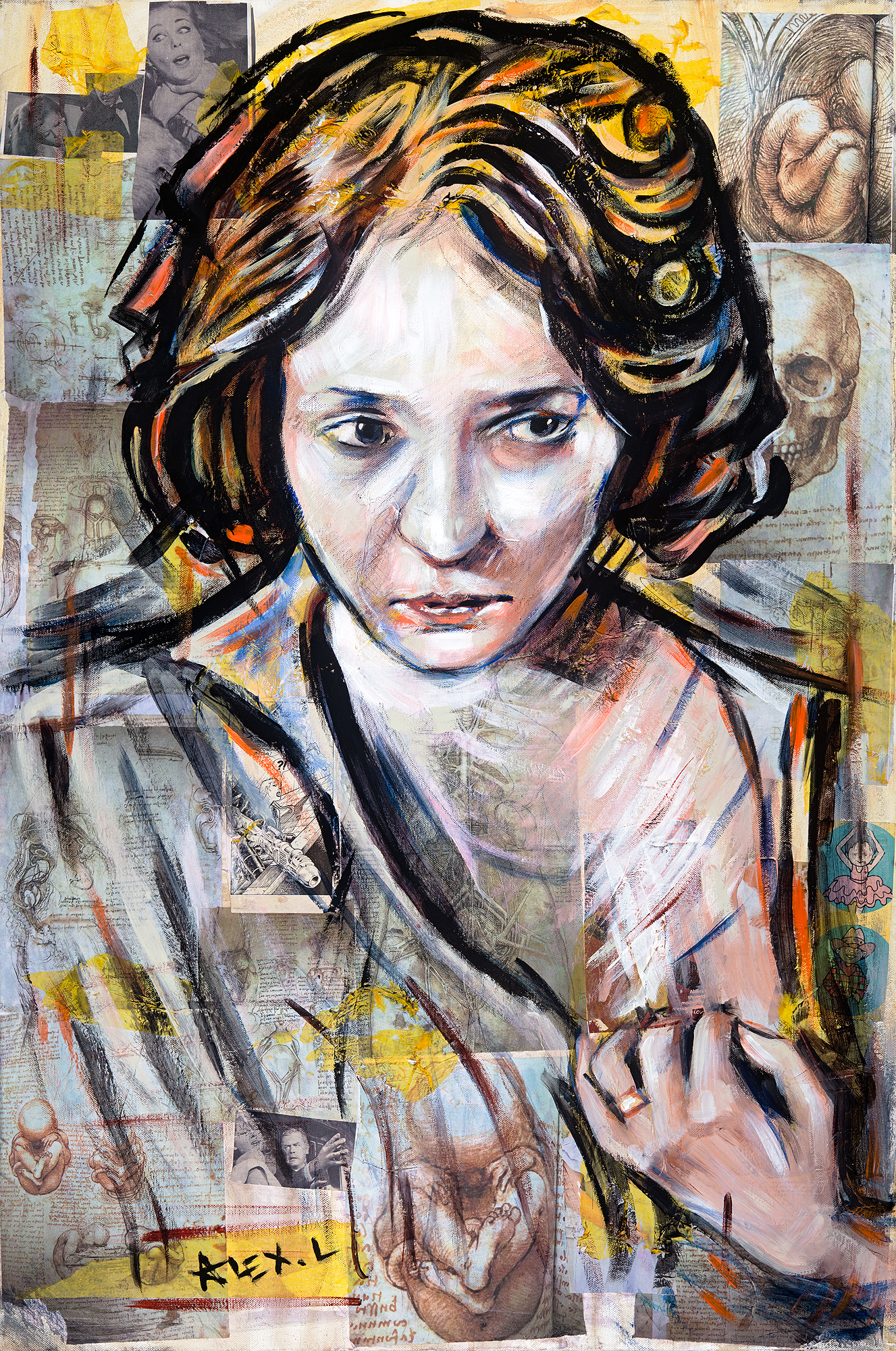
Human (5) by Alex Loveless (2019)
Acrylic and Mixed Media on Canvas. 60cm x 90cm. Click Here to Buy Prints
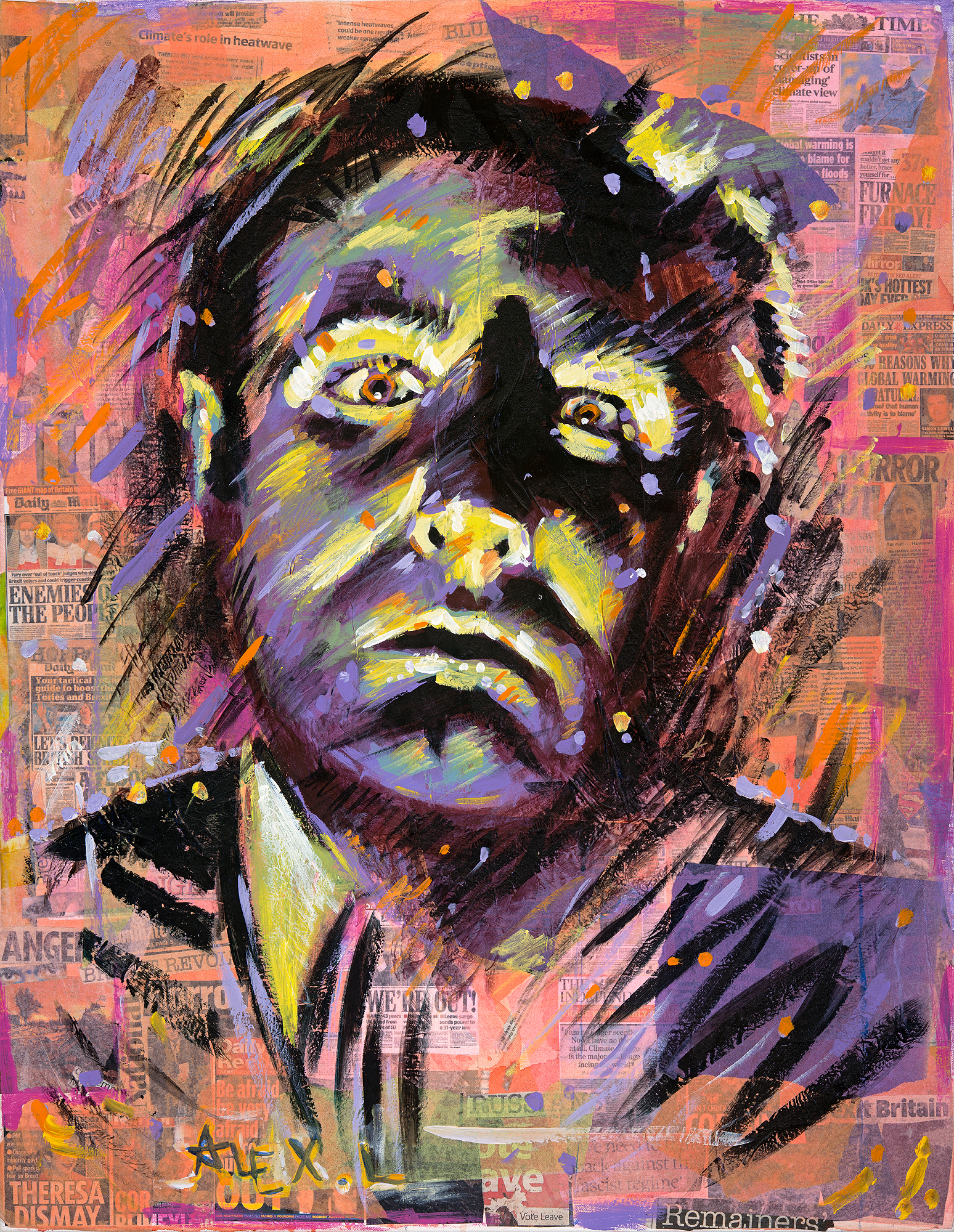
Plan? Nein. by Alex Loveless (2018)
Acrylic and Mixed Media on Canvas. 70cm x 90cm. Click Here to Buy Prints
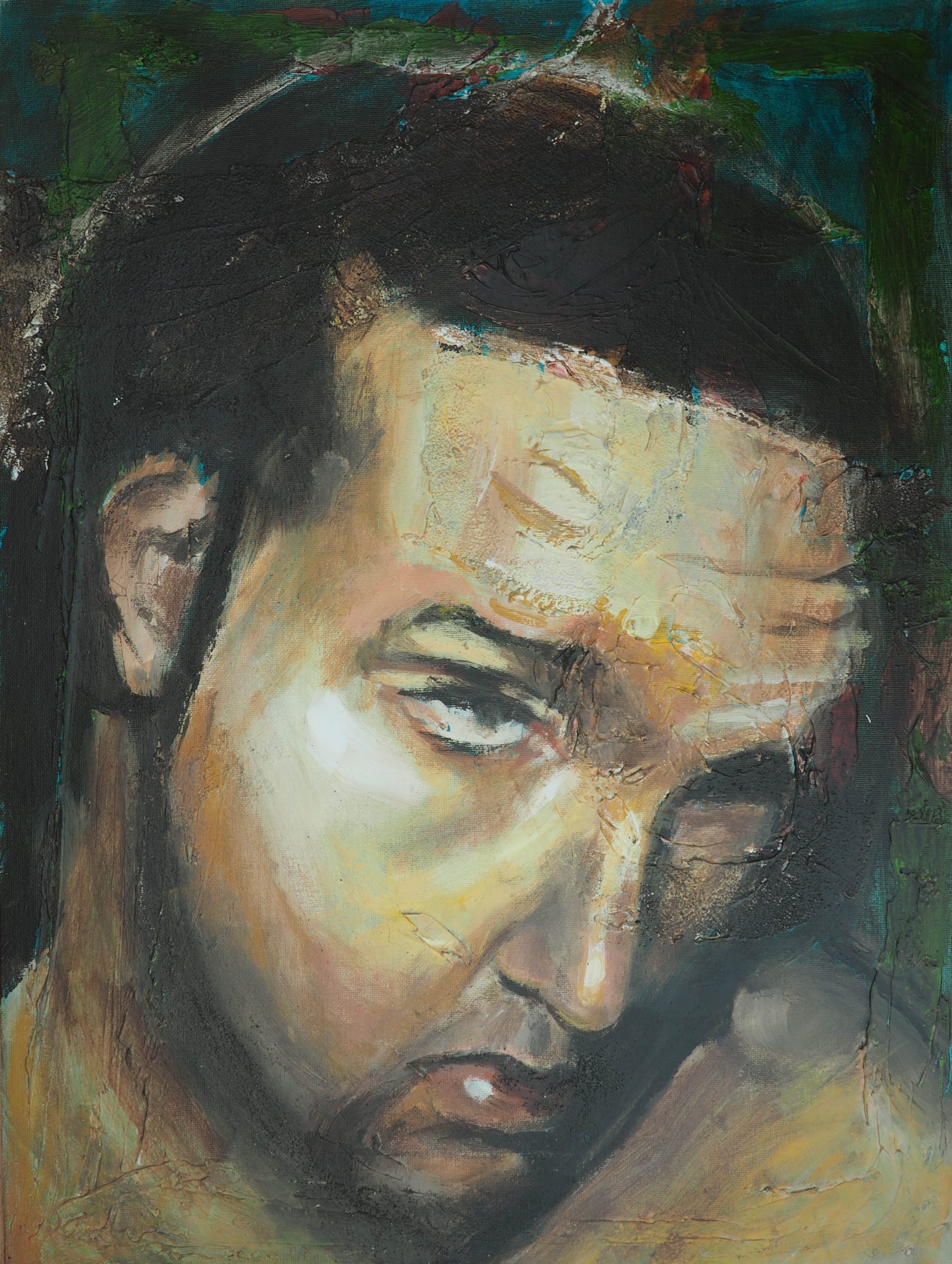
Self Portrait with Texture
I’m struggling to pin down when this was produced. It was painted using as its reference a Polaroid picture (which I still have) circa 1998/9. I barely remember making this. By the look of it, there was originally a highly textured abstract piece on the board, which presumably I didn’t like. Or perhaps I just…
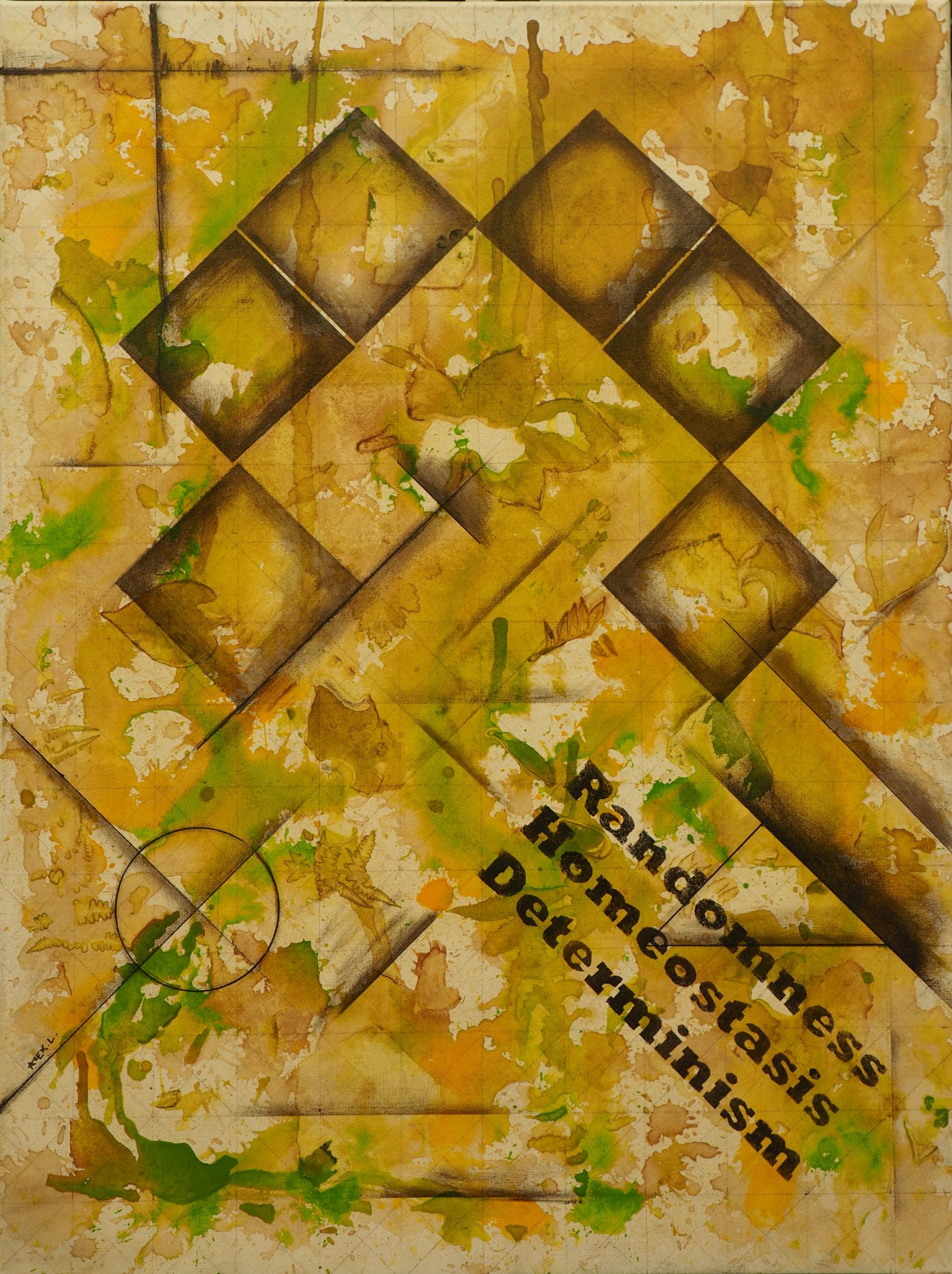
Spaceship #1
The theme here, if it’s not obvious, is the relationship between nature, randomness, mechanism and determinism. The title is not whimsical. The 6 cell motif that dominates the half of the painting is a representation of a single state of a cellular automaton, one of infinite number possible, from Conway’s Game of Life. This particular…

Finished
It won’t find it hard to believe that I find it difficult to focus when on conference calls. A random floating piece of dust catching a mote of sunlight is enough to draw me a away from the matter in hand. The ceaseless distraction that is the social web is like a black hole sucking…

The Boxer
This nice man came to a life drawing session and dressed as a boxer. I don’t know how many pensioners continue to box, so in that sense, the concept is a little incongruous. I suppose this old fighter has adorned his kit for one last time, perhaps to relive former glories and feel some of…
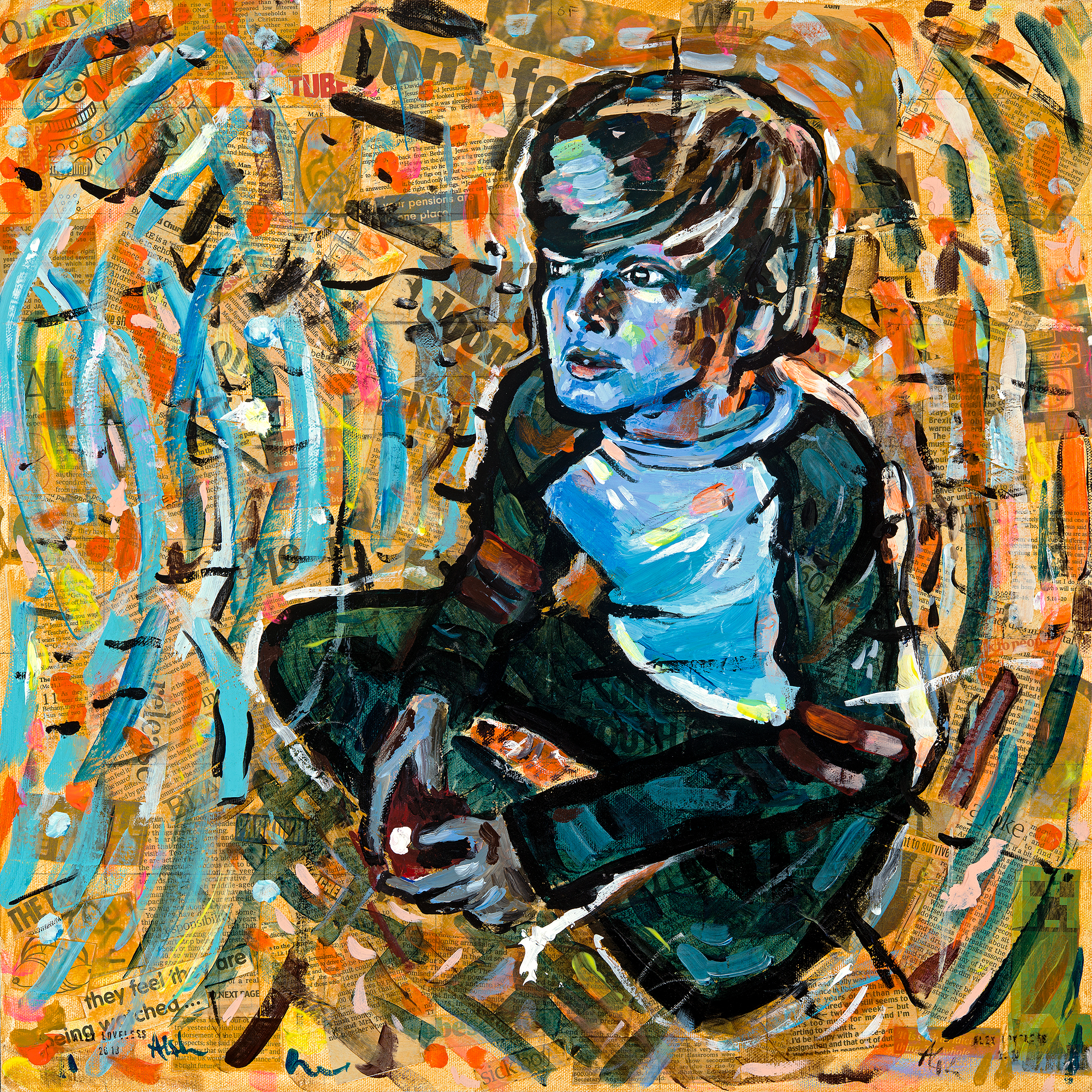
Pay to Win
I find myself increasingly concerned for the plight of the younger generations. The older generations, who supposedly should be benefactors, mentors, and protectors of their kids’ and grandkids’ futures are repeatedly selling out their futures in favour of short term self interest, base prejudice and ego. While they frown on the kids as video games…

I do not like this
Here’s a painting I made that I do not like. It is, of course, of me, but I only ever meant to use myself as a model. I tried to make it not look like me, but I failed repeatedly and gave up. Perhaps there’s something to be read into that. Pretty much as soon…
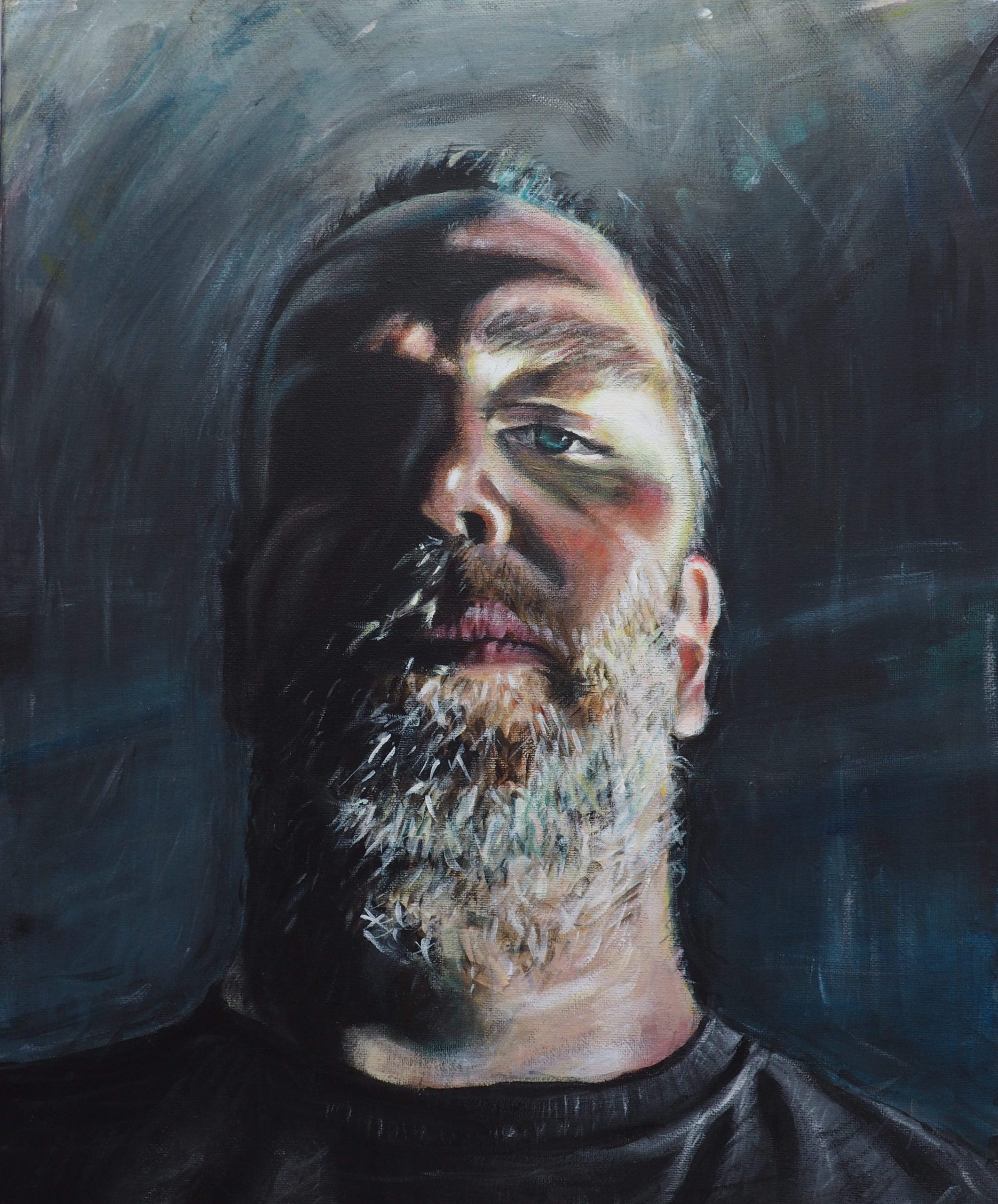
Self Portrait – Light and Dark
This self portrait was submitted to and rejected by Sky Arts Portrait Artist of the Year. I’m sort of glad it didn’t make the cut, as being subjected to an intense four hours of painting surrounded by onlookers and TV cameras would, I think, be a little much for my already hyperactive brain. I accompanied…
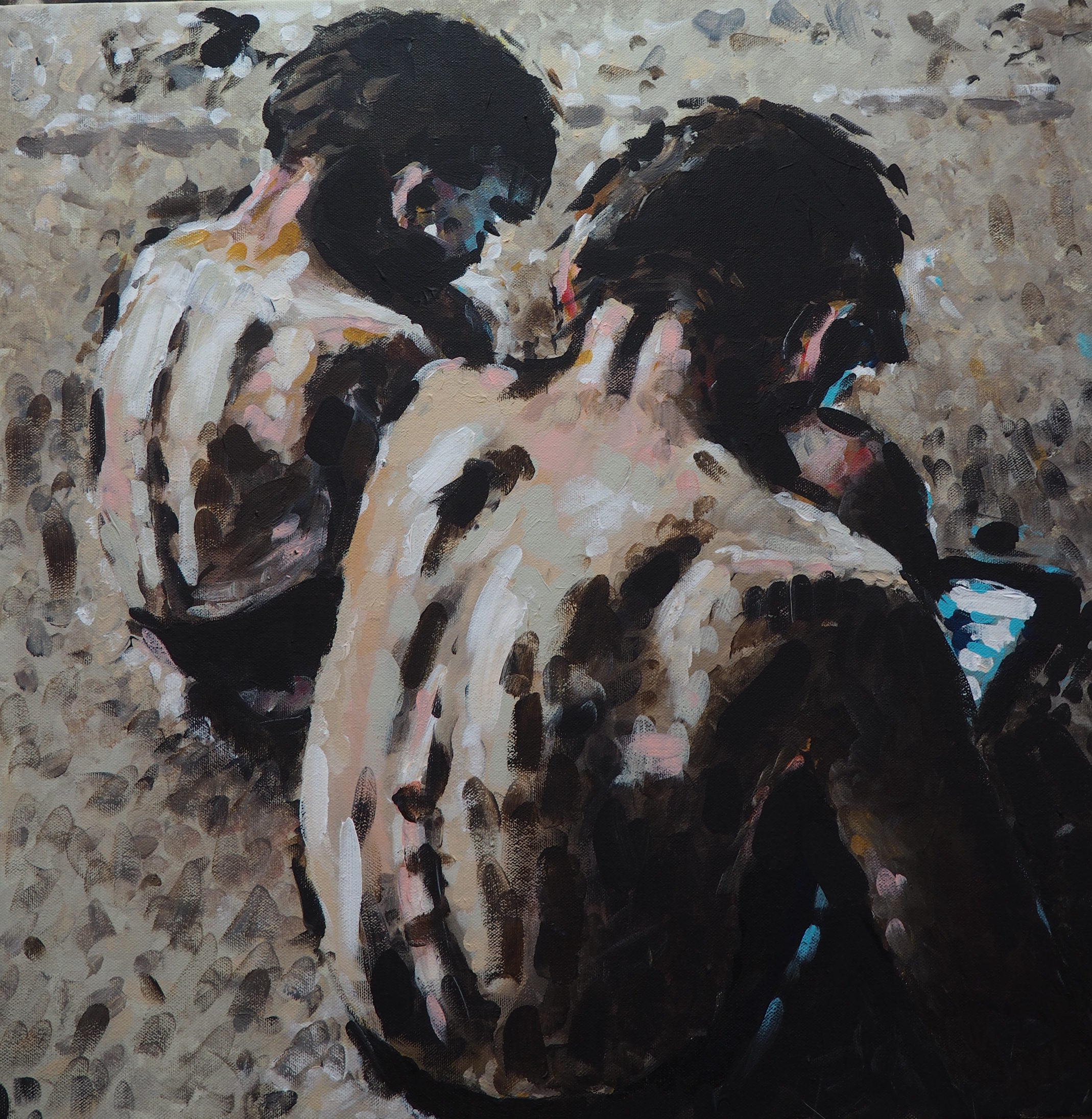
Neck Ache
The kids look down at their iPads. The loose style of this painting only emerges as I created it.
